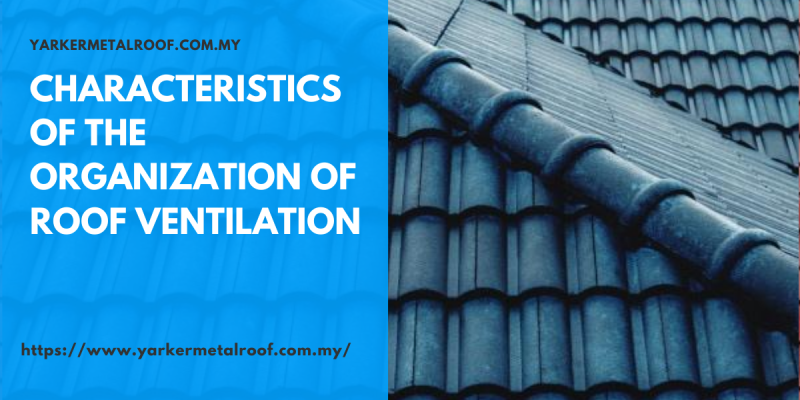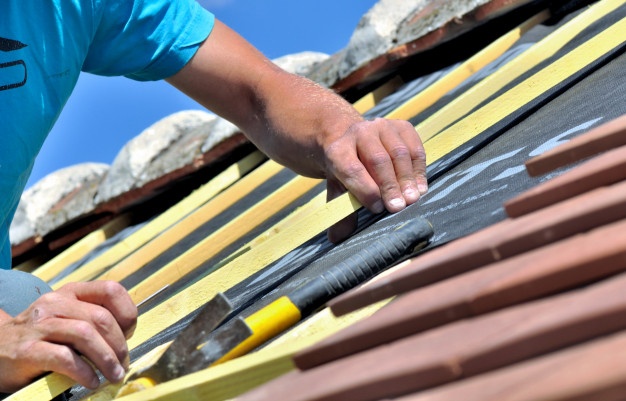Roof ventilation systems come in several forms, and differ in design features and the variety of ventilation tools used.
The heat-resistant roof heat cake consists of several layers, each protected from condensation. Thus, the design of the “pie” directly affects the choice of ventilation tools and the organizational nuances of the ventilation system.
The materials used in the construction of roofs of buildings vary in their operational and technical quality. In the market of modern building materials, a large number of coatings for roofs are laid – metal (corrugated board, metal tile), asbestos cement (slate), polymer (soft tile).
Each listed roofing material has different thermal conductivity indicators, which affect the condensation rate in the attic.
- Selected and installed underfloor ventilation systems must provide:
- Stable temperature balance throughout the attic space.
- Effective steam removal enters the roof of the living room.
- Reduce the level of heating of the roof under the influence of sunlight.
- Increase the service life of both the roof structure itself and the entire building.
To create air exchange in the basement, the following devices and devices are used:
- Air holes are located on the roof and roofing shoes.
- Aerators.
- Roof fans to regulate forced air circulation.
- Exhaust opening on the slope of the roof.
- Window dormer attics.
- Ventilation ducts. True for attics and residential attics, divided by partitions into separate rooms.
For more information about roof ventilation, please visit https://www.yarkermetalroof.com.my/



